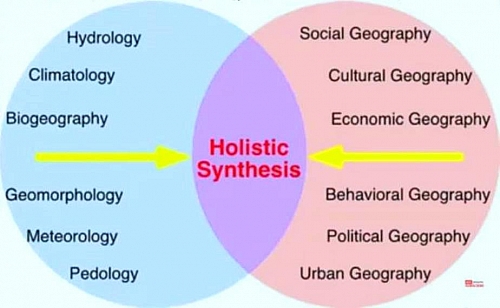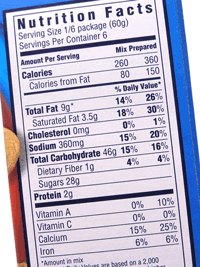

His series of 5 articles on food constituents was published in a popular periodical called Century magazine and was addressed to the educated lay public. Atwater introduced it as an energy unit for foods in 1887. public began using the Calorie only after W.O. One purpose of this article is to explain the priority of the Calorie relative to other energy units, and how it was displaced by the joule and kcal. An interesting but little known aspect of this situation is that the Calorie predated the joule by more than 60 years, and the original definition was almost exactly the same as presently found on U.S. At present, it is not helpful to ask lay people to set aside this tool and instead learn metric prefixes and SI terminology. food labels is one of the few tools available for public education about energy balance. lay public has been familiar with the Calorie for over 100 years. However, unlike other scientists, nutritionists are involved in public education concerning energy balance, and the U.S.

Neither the g-calorie nor the kcal is an SI unit. Ever since the adoption of the international system (SI) of scientific units in the 1950's, the joule has been the only defined SI unit of energy. Nutrition scientists, dietitians and clinical nutritionists face a dilemma that other scientists do not. To avoid ongoing confusion, scientists should complete the transition to the joule and cease using kcal in any context.

The only valid use of the Calorie is in common speech and public nutrition education. It is untenable to continue to use the same word for different thermal units (g-calorie and kg-calorie) and to use different words for the same unit (Calorie and kcal). As a result, no form of the Calorie is recognized as an SI unit. It will review the history of other energy units and show how the original Calorie was usurped during the period of international standardization. This article will explain the context in which Nicolas Clément-Desormes defined the original Calorie and the depth of his collaboration with Sadi Carnot. Therefore, the Calorie became the preferred unit of potential energy in nutrition science and dietetics, but was displaced when the joule, g-calorie and kcal were introduced. Atwater in 1887 for his popular articles on food and tables of food composition. It was the only energy unit in English dictionaries available to W.O. The Calorie originated in studies concerning fuel efficiency for the steam engine and had entered dictionaries by 1840. The original published source (now available on the internet) defined the Calorie as the quantity of heat needed to raise the temperature of 1 kg of water from 0 to 1☌. food labels is similar to the original French definition of 1825.


 0 kommentar(er)
0 kommentar(er)
